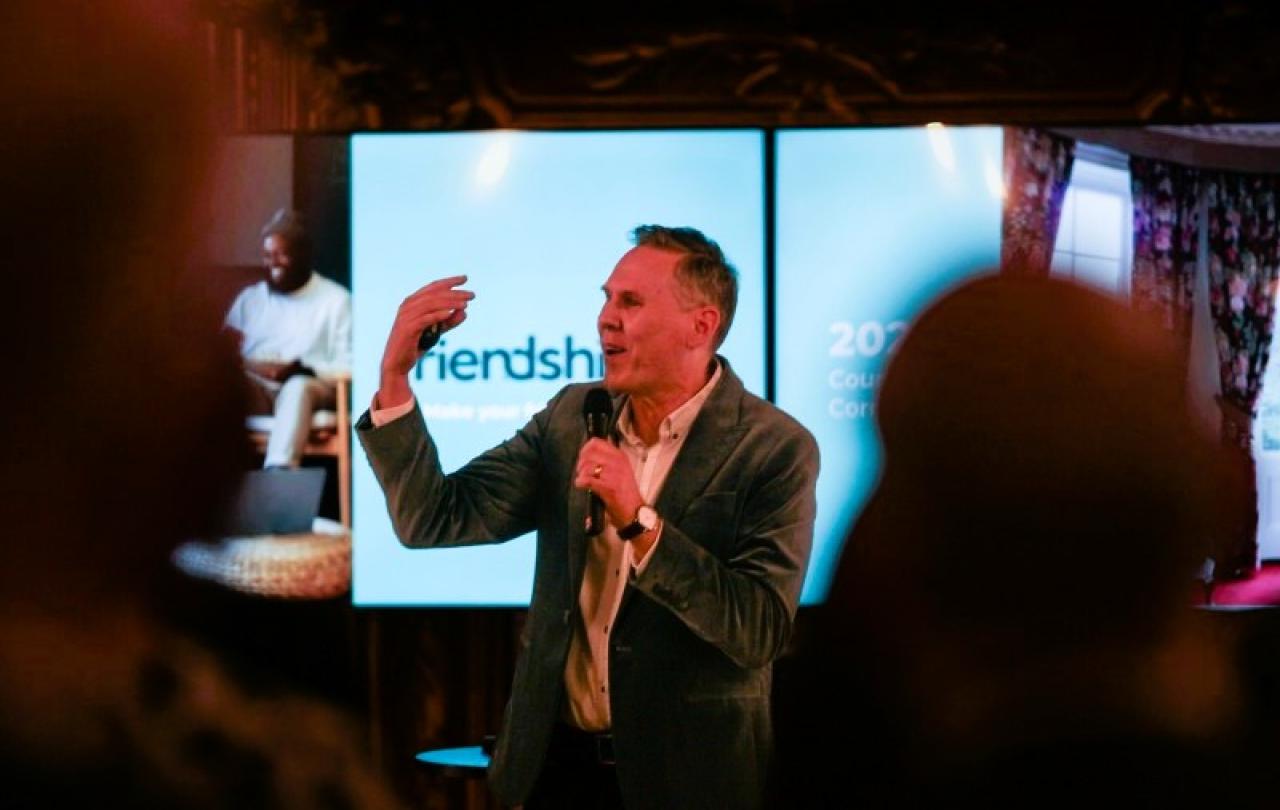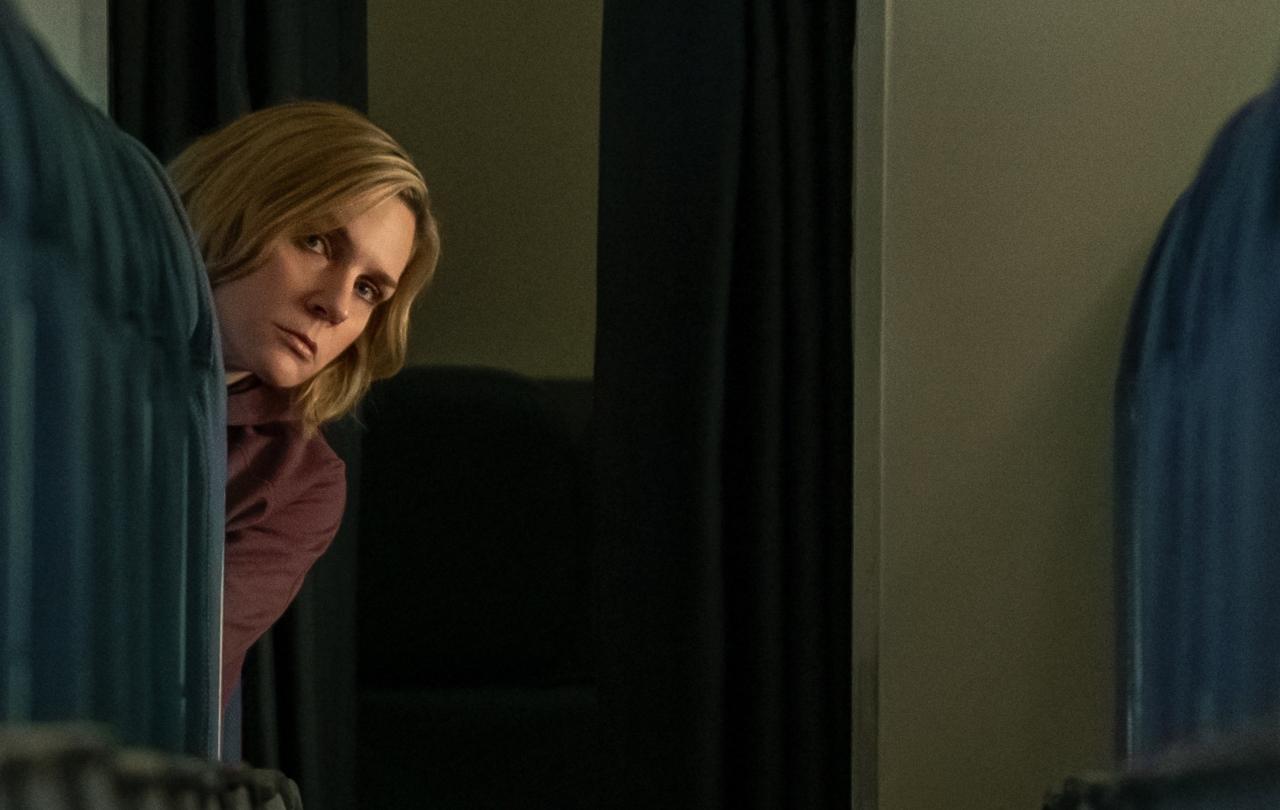
Henri Nouwen, the Dutch Catholic priest, professor, writer, and theologian, wrote in Reaching Out of an encounter with one of his students who entered his room with the disarming remark:
“I simply want to celebrate some time with you.”
Recently, I had the great pleasure of celebrating some time with Sheridan Voysey, the founder of Friendship Lab, which is the first non-profit organisation dedicated to enabling adults to reach out and making friendship thrive.
Sheridan, an Australian by birth, describes himself as a ‘writer, speaker, and broadcaster with ‘a keen interest in what makes life deeply worthwhile’. Beyond that, he goes on, “I am a husband to Merryn” and “big dog” to a cockapoo called Rupert, and he makes Oxford his home.
He and I met in the Liddon Room of Pusey House, one of the chaplaincies to the University of Oxford, which is where I have made many of my adult friendships over the years. We had tea.
We began our conversation by talking about solitude and silence. Sheridan told me that the Friendship Lab, which launched in London last month, had its genesis in a solo spiritual retreat he went on in 2019. He left thinking about friendlessness and wanting to write a book about adult friendship. The pandemic played into this, creating an opportunity for Sheridan to broadcast about this issue when he was made Creative Lead of BBC Radio 2’s four-day Friendship Season in 2020. People pondered, when they were apart from one another, why it is that friendship is so difficult in the modern world. Sheridan led the way.
“You’re thinking too small” were the words he heard on his second retreat at St Katherine’s House, Parmoor in 2021. He told me he was scared. Rather than writing a book, Sheridan resolved to rectify our world’s obsession with romance at the expenses of what he calls “its less glamorous sibling”. Friendship Lab, which provides courses and resources to build friendships that make life deeply worthwhile, was the result.
Sheridan told me that he did not have many friends growing up in Brisbane, Australia. In the 1970s, he remembers, Brisbane was “a bit coarse, a bit rough”, and “to be an Australian male in Brisbane then was to be into beer, barbecues, football”, he said with a laugh. As a child, Sheridan stuck out. He was tall. “I was the kid who would be walking around the playground at lunchtime, constantly moving around to cover up the fact that I had no friends to sit with.” I asked him how this might have contributed to his thinking about friends as a fifty-year-old man.
The answer was rooted in his childhood experiences—and his faith. His parents were Jehovah Witnesses when Sheridan was growing up, which he told me meant that his family were “absolute outsiders”. Then, his mum had “a wonderful encounter with God” in the late 1990s, where she came to believe that Jesus is the Son of God. It was, he said, “profoundly transformative” for the whole family. He had been “trying to find [his] life” “among the flashing lights and throbbing beats of Brisbane’s nightclubs” but felt “completely empty inside” until he made a commitment to Christ himself, aged 19. He told me that fostering friendship in others, matters to him because of his faith. “I have always had a heart for those on the periphery, and I want to bring them in.”
Reaching out is connected to comfy silence in the company of others.
Another factor which has shaped Sheridan’s sure-fire purpose to recover the lost art of friendship has been his marriage to Merryn. His book Resurrection Year recounts the decision he and his wife made in 2011 to move from Australia to Oxford, to recover from the death of a dream to have a child together. Merryn started out as a medical researcher within the University, soon earning a PhD through the college in the building where we met for our time together. Sheridan tells me, he had a “real identity crisis”. His own came through leaving a successful career broadcasting and speaking in Australia, which on top of the childlessness, gave rise to questions about his legacy. He also told me, it was “a great stimulus to think very deeply” about his friends. “How intentional am I being?”
I can tell you, having spent one hour and a half with Sheridan, that he oozes intentionality in how he engages with others. This is why I was reminded of Henri Nouwen. The ‘twentieth-century Kierkegaard’, Nouwen was able to announce the arrival of another way to relate to others in the world. Reaching out is connected to comfy silence in the company of others, which Sheridan knows well. After some time in silence with Nouwen, his student said, ‘“From now on, wherever you go, or wherever I go, all the ground between us will be holy ground.”’ I might have said likewise to Sheridan as our time together drew to a close.
Sheridan said,
“I hope that Friendship Lab in its tiny little embryonic state will one day grow to the point where we can actually have some kind of cultural influence, and we can turn the tide.”
I hope so too.
Friendship Lab aspires to a world in which every adult has at least three ‘2am friends’, people who will help ‘at 2am when everything has gone wrong’. Sheridan Voysey is no longer thinking small.
Like the Lord Jesus Christ, whom he believes to be the Son of God, Sheridan is looking unrelentingly at what makes life deeply worthwhile: love, and not just the romantic kind. Reaching out, this man is making friends.
Find out more about Friendship Lab
Celebrate our 2nd birthday!
Since March 2023, our readers have enjoyed over 1,000 articles. All for free. This is made possible through the generosity of our amazing community of supporters.
If you’re enjoying Seen & Unseen, would you consider making a gift towards our work?
Do so by joining Behind The Seen. Alongside other benefits, you’ll receive an extra fortnightly email from me sharing my reading and reflections on the ideas that are shaping our times.
Graham Tomlin
Editor-in-Chief





